Problems below zero degrees and LN2
The development of thermally conductive pastes that function reliably even at extremely low temperatures, in the so-called ultra-low temperature range, represents an important challenge in materials science and technology. In the PC sector, this also includes the special field of overclocking in the low or ultra-low temperature range, e.g. with liquid nitrogen (LN2). Silicone-based thermal conductive pastes are popular due to their inherent thermal stability, flexibility and chemical inertness. However, the performance of these materials can be impaired at very low temperatures due to an increase in viscosity or brittle behavior.
© igor’sLAB – Exemplary low temperature pastes
However, overclocking with liquid nitrogen (LN2) places extreme demands on the hardware and the thermal interface materials used, especially the thermal paste. Thermal pastes developed for this special area of application must work efficiently at extremely low temperatures, often below -196 degrees Celsius. These pastes are formulated so that they do not freeze under such conditions, maintain or even improve their thermal properties and do not develop cracks or fractures due to the extreme cold and the associated thermal stresses. Although these properties are essential for LN2 overclocking, the specific requirements and formulations of these thermal pastes make them rather impractical and in many cases completely useless for normal operation at room temperature.
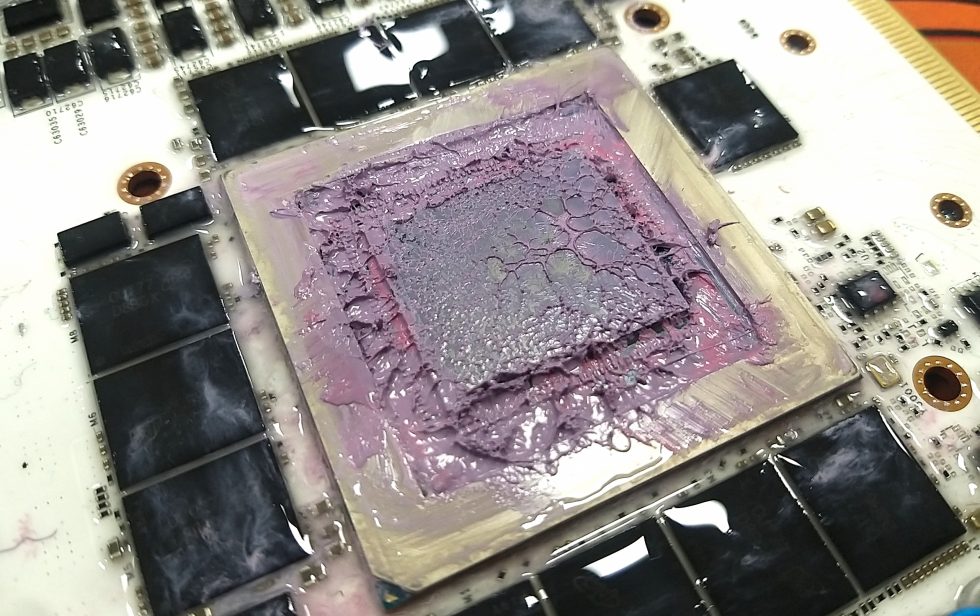
One of the key strategies to improve the ultra-low temperature performance of silicone is now to modify its polymer structure. Silicone polymers (polysiloxanes), as I just wrote on the previous page, consist of silicon-oxygen chains to which organic side groups are attached. The flexibility of these chains at low temperatures can be improved by introducing side groups with a lower glass transition point (Tg). For example, phenyl-containing silicones can remain flexible at lower temperatures compared to conventional methyl-containing silicones because phenyl groups increase the mobility of the polymer chain even at low temperatures.
This ability to withstand thermal contraction without cracking or delamination is critical, as any disruption in the thermal interface can significantly affect cooling performance. In addition, these pastes are designed to provide maximum thermal conductivity at temperatures well below freezing – a feature not required in standard applications.
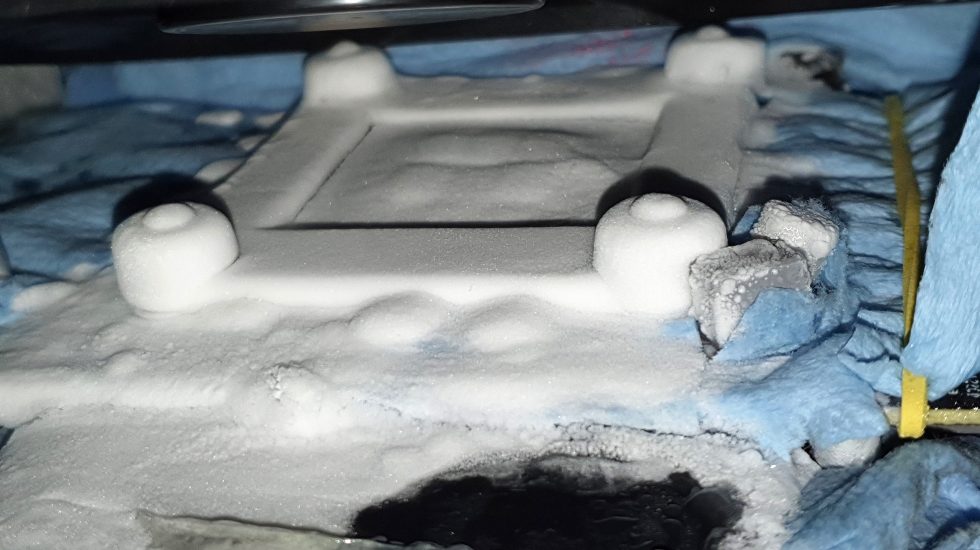
The addition of special additives can further improve the cryogenic resistance of silicone thermal pastes. Cryoprotective additives, such as certain polyalkylene glycols or cryofluids, can be embedded in the silicone matrix to prevent or minimize the formation of ice crystals within the paste. These additives can act as “anti-freeze” agents and ensure that the paste forms a homogeneous and conductive layer even under extreme cold conditions.
Optimization of processing and curing
The processing and curing conditions of silicone thermal pastes must also be optimized for use at cryogenic temperatures. Curing under controlled conditions can help minimize internal stresses that could lead to cracking during temperature cycling. In addition, selecting curing systems that cure at room temperature or under mild conditions can improve the integrity of the paste in relation to cryogenic applications. The modification of silicone in thermal pastes for cryogenic applications requires a multidisciplinary approach involving materials science, chemistry and physics. Through the targeted adaptation of the silicone polymer structure, the selection of compatible fillers, the use of cryoprotective additives and the optimization of processing sequences. However, I will come back to the use of cryo-compatible fillers later, but for now I will focus on the special matrix without which such a paste would never work.
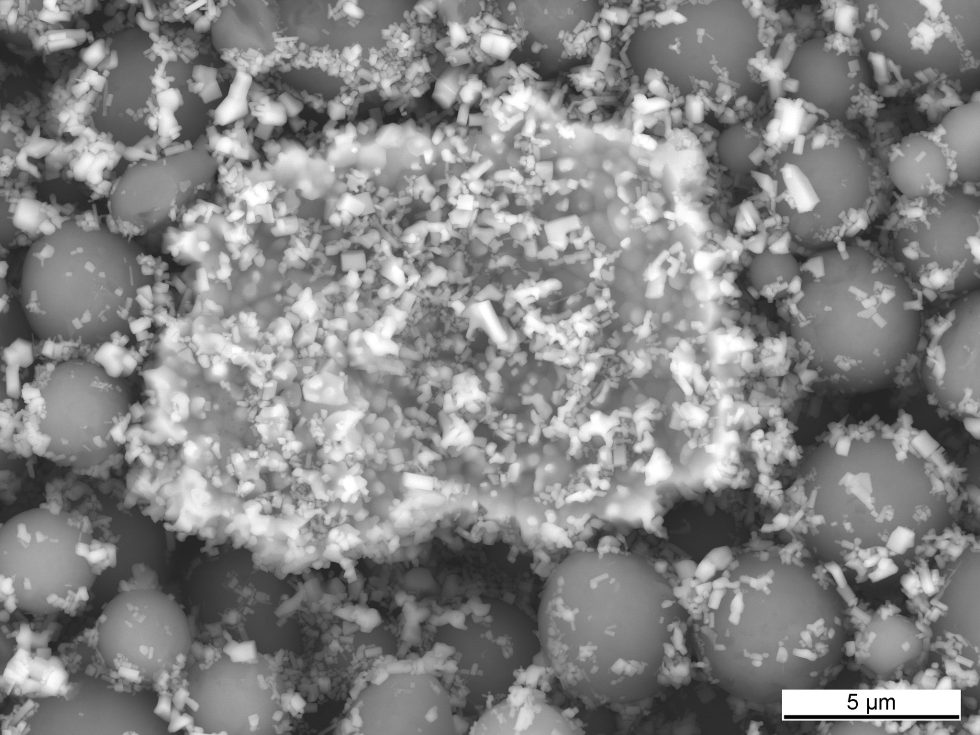
Misunderstood marketing and high costs
The development and production of thermal pastes optimized for LN2 overclocking is costly. These costs are of course passed on directly to the consumer, making these pastes highly impractical for everyday use, especially when considering that conventional pastes offer similar or sufficient performance at room temperature at a fraction of the cost. Added to this are the over-optimized special properties, because although these make the thermal pastes suitable for extremely low temperatures in the first place, they are not only unnecessary in normal operation, but can also be directly detrimental. For example, a paste formulated for flexibility at extreme cold temperatures may be too soft or too fluid at room temperature, resulting in a sub-optimal thermal interface.
Specialty pastes can be more difficult to apply and require regular maintenance, which is impractical for the average user. The need to frequently reapply the paste or observe special precautions to ensure its integrity at room temperature can be more trouble than it’s worth. At room temperature, specialized LN2 pastes may offer no discernible performance advantage over conventional thermal pastes. The thermal requirements of normal operation are significantly lower, and the additional cost and potential drawbacks do not justify the use of these specialized pastes.
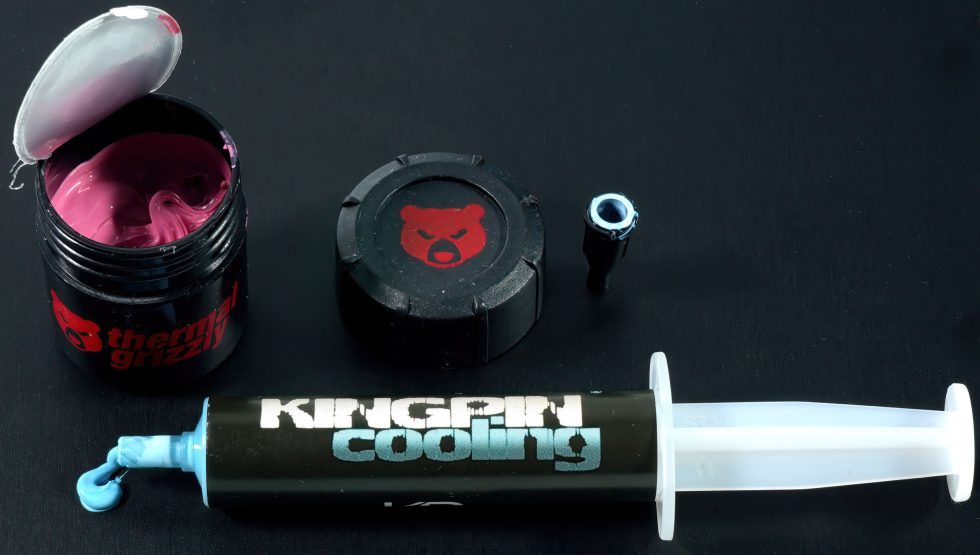
Interim conclusion and well-meant advice
While specialized thermal pastes for LN2 overclocking are indispensable in their field of application and enable remarkable performance under extreme conditions, they are generally not suitable for normal operation at room temperature. The properties that optimize them for extreme cold lead to compromises that make their use in standard applications impractical, costly and often unnecessary. For most users and applications, conventional thermal pastes specifically designed for the temperature range of normal operation are the far more sensible choice.
- 1 - The three big P's - introduction to pastes, pads and putty
- 2 - The purpose of thermal pastes
- 3 - The big debate between cheap and expensive
- 4 - The matrix as the basis for all pastes and pads
- 5 - Silicone-based pastes: optimization, durability, decomposition
- 6 - Thermally conductive fillers are important
- 7 - How the degree of grinding influences performance
- 8 - Silicone modification for low temperatures and LN2 overclocking
- 9 - The paste production process and possible hurdles
- 10 - Special case liquid metal (LM)
- 11 - Special case of graphite pads and phase changers
- 12 - Temperature window, expansion behavior, application
- 13 - Ageing and decomposition of pastes and pads
- 14 - Manufacturer vs. bottler, misleading marketing and conclusion















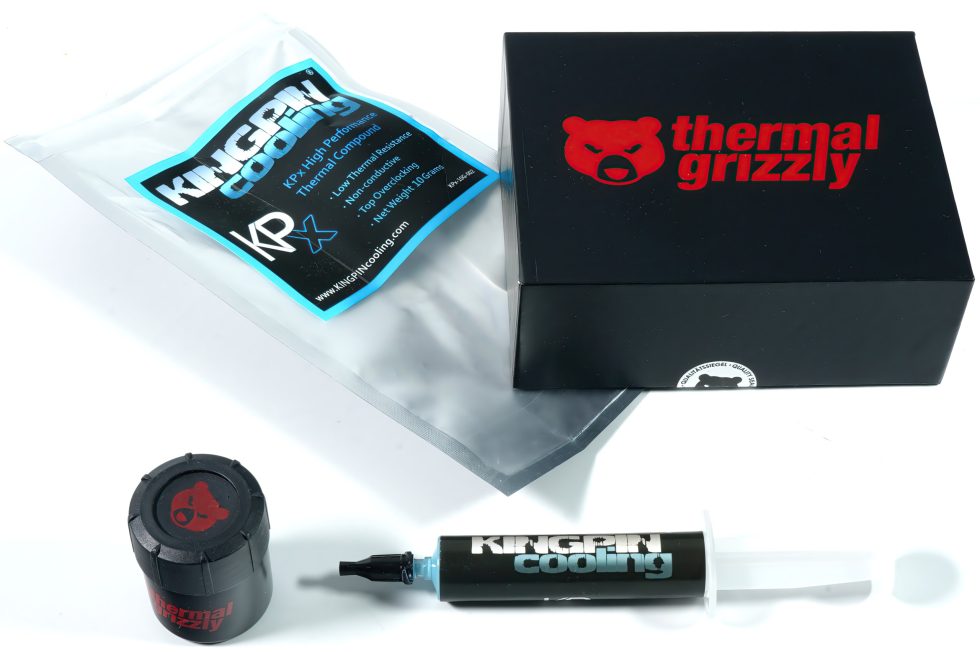


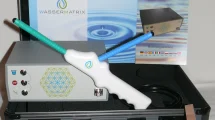













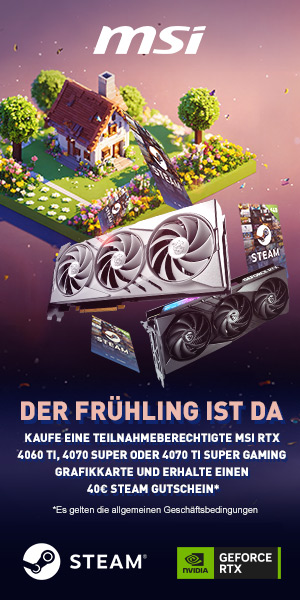

216 Antworten
Kommentar
Lade neue Kommentare
Veteran
1
Veteran
Urgestein
Mitglied
Urgestein
1
Urgestein
Urgestein
Mitglied
Urgestein
1
Mitglied
Urgestein
1
Urgestein
1
Veteran
Alle Kommentare lesen unter igor´sLAB Community →